QuestionI just got an aquarium about 2 months ago and has been up and running for about the same time. About a week and a half ago it started 2 smell bad so I changed out the filter (for the second time since I've had it). I do need to change out 25 percent of the water but now there are brown stains apearing on the gravel, fake plants, and decor and it keeps spreading more everyday. It still smells and I don't know how 2 get rid of the stains or growth can you help me out by giving me some advice. I have a small tank. It's only 6 gallons, has airation and a filter system that sits above the tank.
AnswerHi Ricky;
The brown is simply a form of algae. It isn't harmful, just ugly. Just wipe it off and do more frequent water changes. Remove 25% twice a week and see if that improves things. The water changes removes the fish waste that the algae feeds on.
The water smell could be from several things. Overcrowding, overfeeding, new tank syndrome, are the most likely causes.
How many fish and what kind do you have?
Is there ever food leftover in the tank after you feed?
Don't replace the filter pads during this time. The tank is still in the break-in period (new tank syndrome) and beneficial bacteria needs to grow on the pads to biologically balance the system. Here is my article about it to help you understand the whole process;
**********
New Tank Syndrome or Break-in Period
So you have a new tank and you filled it up, put the filter together, mounted the heater into place and turned on the lights. You have all the plants and decorations where you want them....
You are ready for fish.
But, your filter is not ready for a full tank of fish yet.
The filter is running and moving the water and cleaning out crud, right? Of course!
But a very important part of your filter is the part you can't see. An aquarium filter removes the larger visible stuff, but it also must remove the dissolved fish waste that turns into ammonia in the water. To do this, special bacteria must grow in the filter system and on the particles of gravel in the bottom of your tank. This process occurs even on a limited scale in little fish bowls that have no filter in them.
This is "New-Tank Syndrome" or the "Break-in Period". The entire process takes 6 to 8 weeks to complete because these "nitrifying" bacteria grow quite slowly.
Start off with only two hardy fish for every ten gallons of water and don't add more until the 6 to 8 weeks has gone by. Hard to be patient, but it is worth it to keep your fish alive and healthy. As a matter of fact, the bacteria cannot develop without fish in the tank. You can let that tank sit forever without fish in it, but as soon as the first fish goes in the process begins. Avoid changing the filter pads during break-in. This removes the bacterial colonies that are essential to a balanced aquarium. You can rinse the filter pad out in a container of aquarium water. This will preserve most of the bacteria colonies while still allowing your filter to flow freely. Even using bacteria additives and water conditioners when you first set up the tank will not make a tank cycle by itself. If there are no fish to provide food (fish waste) for the bacteria, the beneficial bacteria cultures will die and you will have to start the colonies all over again once fish are added to the tank.
Feed your new fish VERY lightly. Any excess food will cause additional waste your system cannot afford to have right now. If you see food floating around or lying on the plants and gravel after five minutes, too much food is going into the tank. Cut back a little each time you feed until it is ALL gone 5 minutes after you feed them.
During this "break-in period" your tank will become cloudy and milky looking. You may have to tolerate this for the entire break-in period but it is only temporary. Changing 25% of the water three times a week until the break-in period is over helps a great deal. Changing water reduces the ammonia and nitrites that rise while the bacteria continues to multiply. If ammonia and/or nitrites become too high, your fish will become stressed and possibly die. Use a good water conditioner when you replace the water and make sure it is the right temperature to avoid shocking your fish.
When the break-in is over after 6 to 8 weeks and there are no nitrites or ammonia present in the water you can slowly add more fish. Add one or two every week until you reach the desired population. This allows the bacteria to adjust to the new population every time before adding more. Monitor the nitrites and ammonia to be sure they don't come up. If they do, make a 25% water change and check them again. Don't add the next fish until the levels are down again.
The safe maximum population for any size tank is one inch of adult fish for every gallon of water in the tank. Do some research to be sure of the fish you are interested in. Even though they are small when you buy them, you have to base your population calculations on full-sized adult fish. Many hobbyists have up to two inches per gallon but this can be risky. If a water quality issue arises or a disease occurs it will spread fast and furious in an over-populated tank. In any case, 25% water changes every week to two weeks are absolutely essential for the health of your fish.
Following these guidelines will help you get your new tank on the right track.
**********
Followups welcome
At Your Service;
Chris Robbins
Come on over and join us on the freshwater fish forum at About.com to get even more information too;
http://freshaquarium.about.com/od/questionsanswers/a/naavigateforum.htm
My member name is ChrisR62. See You There!

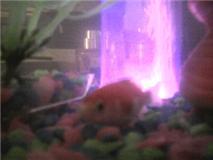 my fish is sinking to the bottom
QuestionQUESTION: Hello, my fish is sinking to the bott
my fish is sinking to the bottom
QuestionQUESTION: Hello, my fish is sinking to the bott
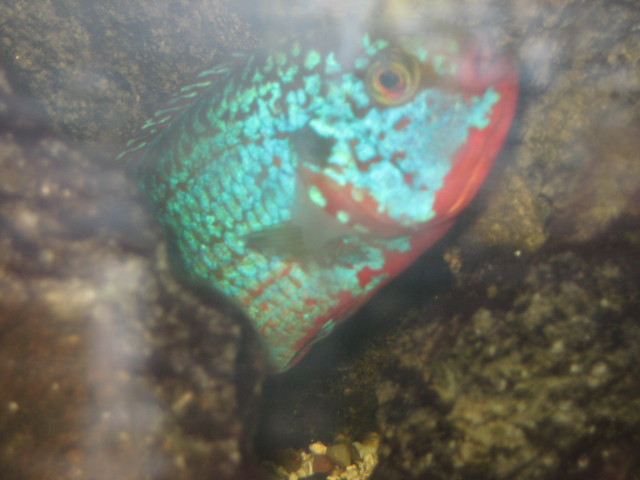 Swollen Gill on Jewel Cichlid
Question
Jewel Cichlid
I have a 3 year old Jewel Cichli
Swollen Gill on Jewel Cichlid
Question
Jewel Cichlid
I have a 3 year old Jewel Cichli
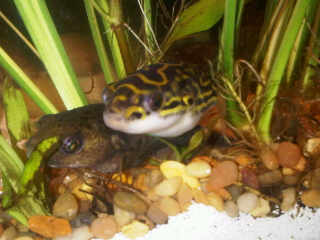 Puffers
Question
Hey, I bought red eyed puffer at the local pe
Puffers
Question
Hey, I bought red eyed puffer at the local pe
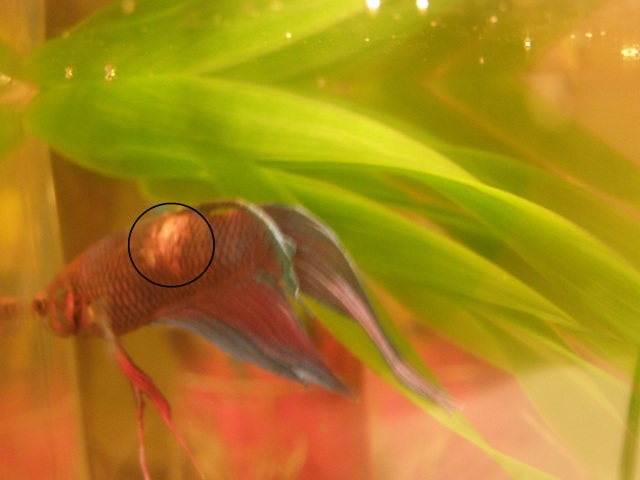 Sick bettas
QuestionPico
QUESTION: Hi Jaymie,
My roommate
Sick bettas
QuestionPico
QUESTION: Hi Jaymie,
My roommate
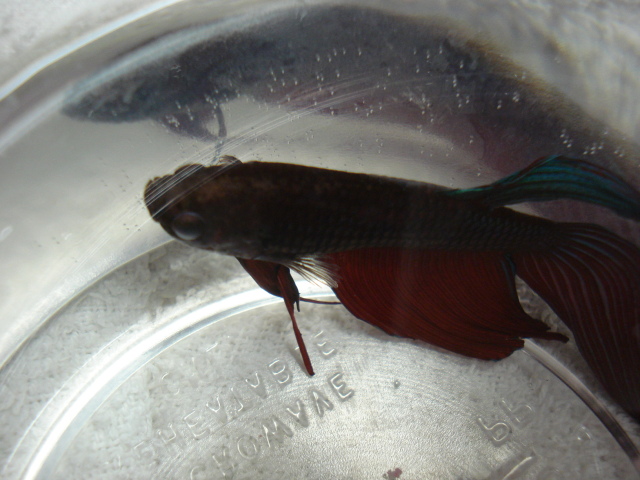 betta with beginnings of fungus..
Question
Mercutio- fungus?
Hi! My betta Mercutio has wh
betta with beginnings of fungus..
Question
Mercutio- fungus?
Hi! My betta Mercutio has wh